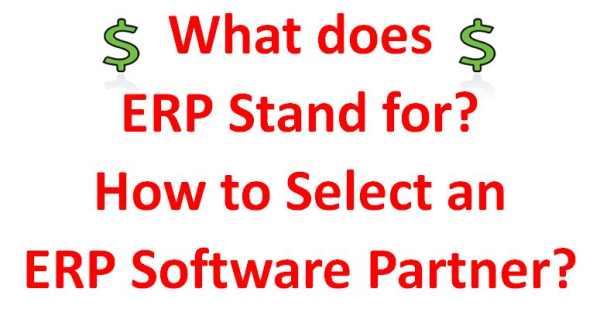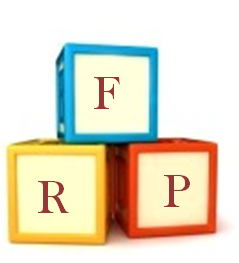What does ERP Stand for? How to Select an ERP Software Partner?
Today, I’d argue that selecting the right ERP software partner or implementation team is just as important as or even more important than the ERP...
3 min read
Ken Jacobsen Fri, Jul 19, 2013

 As ERP software consultants, we know all too well what ERP stands for: it basically means that your company will now have an integrated solution that helps increase efficiency and grow your business. The first and most important step is knowing how to select an ERP solution that is the best fit for your business. This is a crtitcal part of any successful ERP implementation. Most of our company's (The TM Group) business comes from referrals, so in the end what we want most is a happy and referenceable client. We won't knowingly take a customer we don’t think is a good fit for our solutions or mislead them on the total cost of a new system implementation. Although, I personally know may sales people have and will sell the wrong ERP solution to make a sale. It is our reputation on the line and if our ERP solutions are not the best fit, then we will recommended to companies that they should look at a competitor's package. We will review how to find the best ERP consultant in a future piece in this blog series. In the meantime, check out our previous blog What is ERP: How Much to Spend for an ERP Solution?
As ERP software consultants, we know all too well what ERP stands for: it basically means that your company will now have an integrated solution that helps increase efficiency and grow your business. The first and most important step is knowing how to select an ERP solution that is the best fit for your business. This is a crtitcal part of any successful ERP implementation. Most of our company's (The TM Group) business comes from referrals, so in the end what we want most is a happy and referenceable client. We won't knowingly take a customer we don’t think is a good fit for our solutions or mislead them on the total cost of a new system implementation. Although, I personally know may sales people have and will sell the wrong ERP solution to make a sale. It is our reputation on the line and if our ERP solutions are not the best fit, then we will recommended to companies that they should look at a competitor's package. We will review how to find the best ERP consultant in a future piece in this blog series. In the meantime, check out our previous blog What is ERP: How Much to Spend for an ERP Solution?
Based on the many software selections that I’ve been a part of since the 1990s and talking to companies whose selection and implementations have gone wrong, here are some suggestions of what I suggest companies looking for a new ERP system should do.
To learn more about our ERP solutions and services, please visit http://www.tmgroupinc.com or contact us at 888-482-2864 for Microsoft Dynamics and www.greenstonepros.com or 248-919-9520 for Sage ERP X3.

Today, I’d argue that selecting the right ERP software partner or implementation team is just as important as or even more important than the ERP...

ERP request for proposals (RFP) get a bad rap as being a waste of time for both the creator and the ERP vendor filling it out. Of course, a RFP is...

1 min read
We explored the meaning of ERP in previous blogs and today we look into the meaning of a VAR. To learn more about ERP check out this blog What Does...